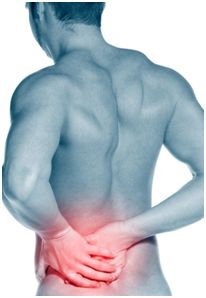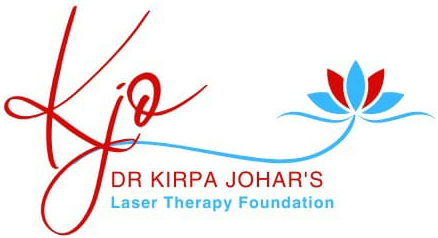What Is Hip Pain ?
Hip pain involves any pain in or around the hip joint. You may not feel pain from your hip directly over the hip area. You may feel it in your groin or pain in your thigh or knee.
The hip joint and its integration with your pelvis, SIJ (Sacroiliac Joint ) and lumbar spine (lower back) make it a complex region to correctly analyse and assess any dysfunction.
What Causes Hip pain ?
Hip pain may be caused by problems in the bones or cartilage of your hip
- Hip fractures can cause of sudden hip pain. These injuries can be a serious and lead to major problems. Hip fractures are more common as people get older because falls are more likely and your bones become weaker.
- Infection in the bones or joints
- Arthritis – often felt in the front part of your thigh or in your groin
- Labral tear of the hip

Pain in or around the hip may also be caused by problems
- Bursitis – it hurts when you get up from a chair, walk, climb stairs, and drive
- Hamstring
- Iliotibial band syndrome
- Hip flexor strain
- Hip impingement syndrome
- Groin strain
- Snapping hip syndrome
Treatment
The treatment of hip pain depends on the cause of the pain. Medications help to relieve pain and inflammation. Physical therapy and strengthening exercise also help in improving hip pain.
For cases where these are not helpful surgery may be required.
Low Level Laser Therapy Treatment for Hip Pain
Low Level Laser Therapy (LLLT) is the application of red and near infrared light over injuries to stimulate cellular repair. LLLT has a powerful anti-inflammatory effect as well as a healing effect.
Therapeutic Benefits of Laser Therapy
Anti-inflammatory Action: Laser light reduces swelling, leading to decreased pain, less stiffness, and a faster return to normal joint and muscle function.
Rapid Cell repair: Laser light accelerates cellular reproduction and healing.
Faster Wound Healing: Laser light stimulates fibroblast development and accelerates collagen synthesis in damaged tissue.
You will be encouraged to move the affected area within range of movement/pain but not exert stretch or force during the healing phase.
The end result is resolution of inflammation and restoration of healthy tendons and local soft tissues. Once tissues are healed, pain is eliminated and normal range of motion and function is restored. Then muscle and tendon strength and flexibility can be addressed with graduated exercises and stretching.
LLLT has no known side effects, is safe and effective.
